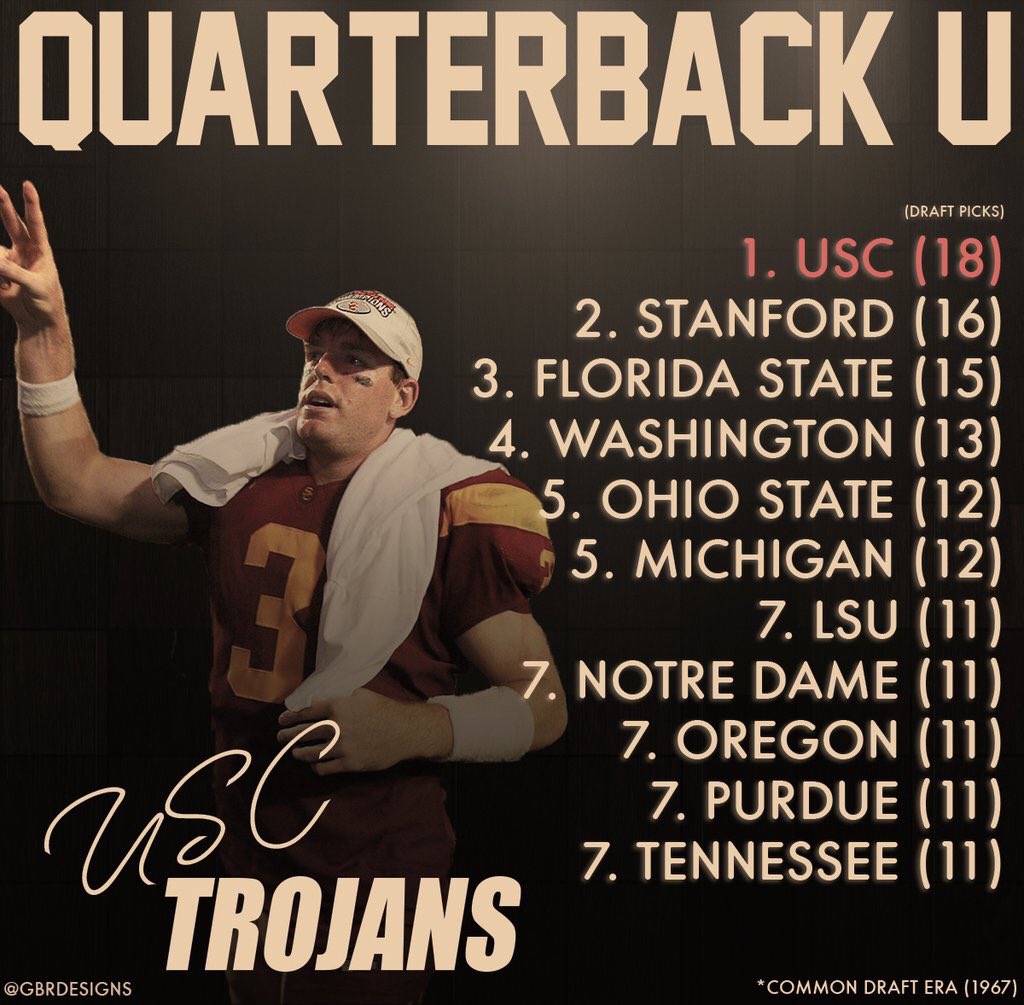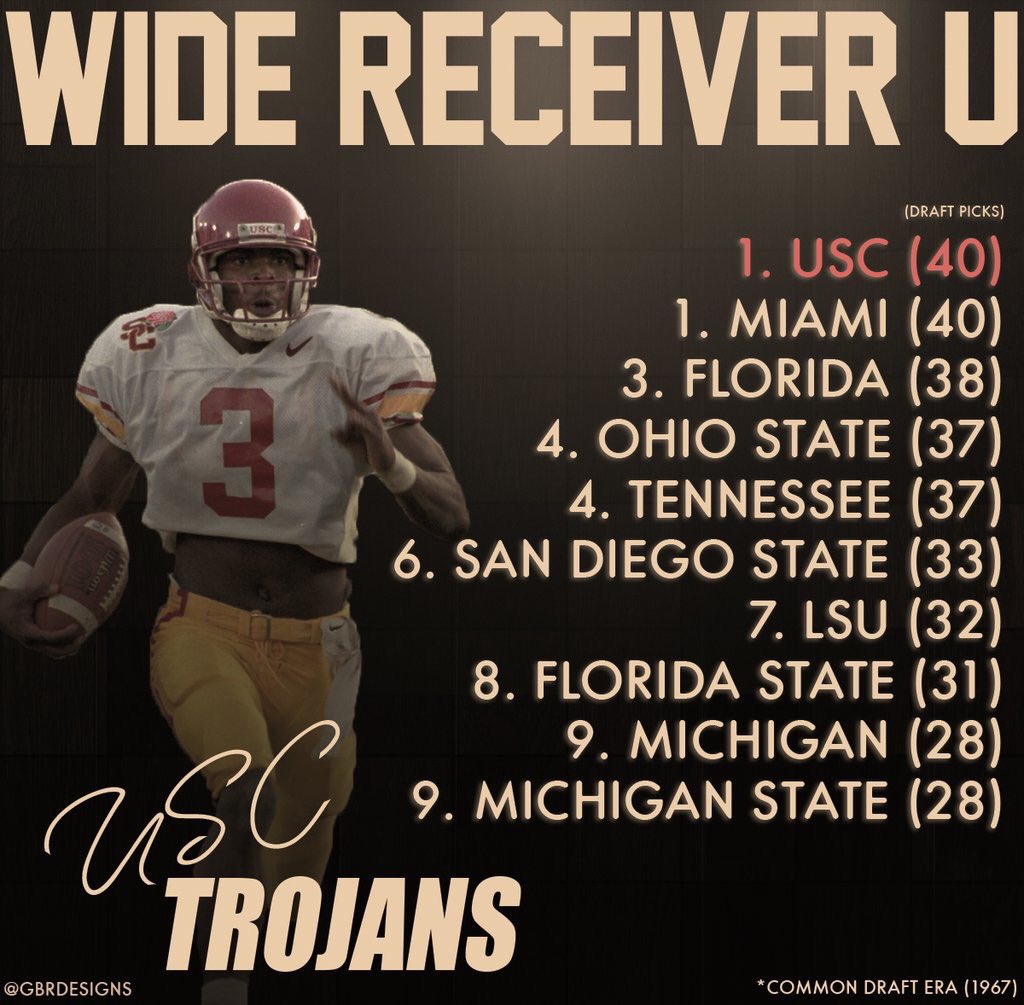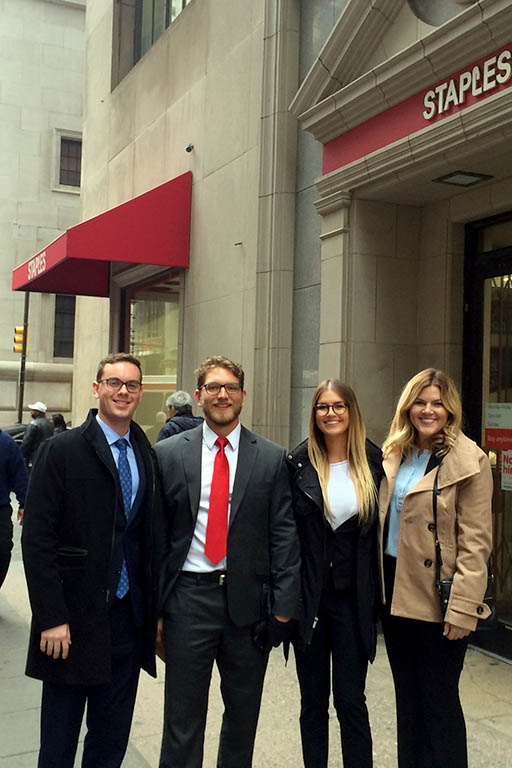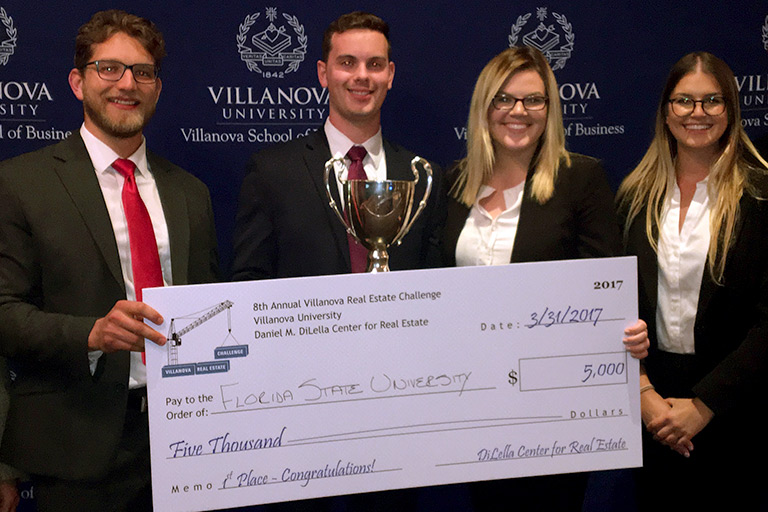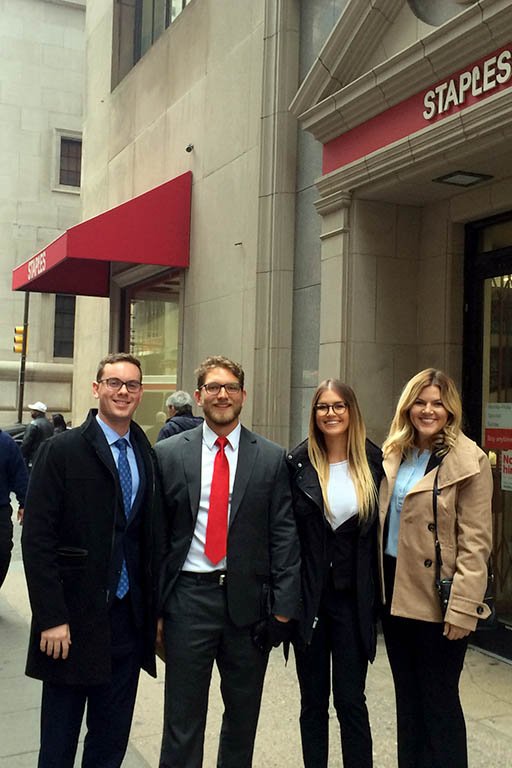http://usaherald.com/opinion-acc-weaknesses-funding-shortfalls-poor-leadership-missed-opportunities/
The ACC proudly announced the return of College Championships to the state of North Carolina. Boldly proclaiming “the return of neutral-site championships in the state of North Carolina,” all must now seem right again in the minds of those on Tobacco Road.
Perhaps the conference hierarchy that is from, lead, and run by those in the state of North Carolina can breathe more easily now that they are back in full control. UNC’s recent national basketball championship may highlight the strength of a great basketball conference, but those in Clemson and Tallahassee and perhaps Louisville and Miami who care about football and need comparable funds to compete with the SEC and Big 10 must feel like the budget guru’s in the Soviet Union felt when Ronald Reagan decided to try to outspend them. For those who failed history, it didn’t turn out very well for the side with less money!
It would be easy to dismiss facts, given that FSU and Clemson recently won National Championships in football, but leaders and fans outside of NC must consider several things: Is the state of NC a neutral-site if you come from Syracuse, S. Carolina or Florida? Is it time to rename the conference the NCC to fully recognize that the conference is housed, run and managed entirely in North Carolina by North Carolina schools? Why did we grant our rights to a conference that is led by people who are 5 years behind conference peers and worst of all, how can we compete with schools that get $20M a year more because their conference leaders created better deals for them than John Swofford and his NC cronies did for us in the ACC?
If Presidents and Athletic Directors at Clemson, Miami, Florida State, Louisville and even Georgia Tech, Boston College and Syracuse aren’t asking themselves these questions, then they should be charged with dereliction of duty.
The Great Conference Realignment of 2008-10 shook the world. It forced deals that were once unheard of (granting of media rights) and revealed in full glare that the most august, high-brow academics who often argued that these “conferences were about much more than sports” were right – we learned that conferences and all they represented were all about nothing more than money!
Regardless, the realignment craze created an opportunity to win or lose. The Big East was destroyed, the Big 10 and SEC grew stronger. It’s difficult to argue that the ACC won by adding two basketball schools in Louisville and Syracuse, and a half-pregnant spouse in Notre Dame. The missed opportunity did give John Swofford the chance to lock down the media rights of his member schools. Given these facts, it appears that the conference gained strength – but not against its peers, but against and at the expense of its member universities’ autonomy.
The power play that was the grant of rights solidified the conference, but what did Swofford do with this new-found clout? Absolutely nothing. The wake-up call ended there, since the ACC squandered the opportunity to pick off a few great schools and teams that would have added competitive balance to the conference where it was needed: football (See SEC and Texas A&M).
In hindsight, it looks like the only successful byproduct of conference realignment for the ACC was to secure another decade of the soft and pathetic leadership that is John Swofford and the NC brigade of athletic bureaucrats.
Sadly, no public outreach was made to schools in Texas or Oklahoma. The Aggies moved to the SEC and further enhanced their profile and funding, strengthening both the school’s posture and that of the SEC’s. The media analysts at the ACC made an enormous miscalculation, targeting the Northeast market – a strong NFL market, and decidedly NOT a college football market. The strategy was, effectively, to grow in a large media market where nobody consumes the product and add some great legacy basketball schools. This was not what the ACC needed.
Sadly, for the ACC, no leadership came from FSU or Clemson, no voices of reason clamoring to fire Swofford for what can only be described as sleeping at the switch. To make matters worse, both the Big 10 and the SEC moved quickly to secure conference networks worth tens of millions of dollars in annual payments to their member schools and restructured their TV deals to earn vastly more money each year. All while the ACC was left with an opportunity to get one years out and a big, one-time payment penalty if it the network were not created.
How could this happen? It is yet another example of a lack of vision and leadership – from a conference whose teams have done more than they should to carry their peers and the conference leadership. Like good Catholics have pictures of Jesus and the Pope by their bedsides, John Swofford should have Dabo and Jimbo gracing his nightstand for without them, he would be toast. Sadly, for Clemson and FSU – it is not their burden to carry the conference even though they have done so for two decades. The other schools need to get better. Miami is on the path, Louisville is making great progress, yet the conference is still viewed as weak, even when it beats the SEC.
This is largely because ESPN has a major bias toward its investment properties, the SEC and Big 10. And why not, if you were a travel agent, would you put a guest in your hotel or a competitors’?
To compete with some of the bigger conferences, the ACC has realized that major facility upgrades must be made – the question is where to get the funds for it all.
Make no mistake about it, for college athletics, funding is a major source of success for teams. Facility costs, coach salaries, and athletic department maintenance all require significant financial investments from NCAA member universities. This is an arms race that would make the 1950-1990 US and Soviet Union leaders blush. Team rooms have become movie theaters, barber shops, and arcades. Assistant Coaches now have multi-million-dollar, multi-year contracts. And don’t even think about stealing a good head coach for less than a $20-million-dollar commitment – after you spend another $10M to buy out the guy you just fired.
All of this is happening in the backdrop of declining attendance driven by high game and travel costs and much more by TV technology that invites people to stay home and enjoy a better experience from their homes. This is leading schools to spend more to upgrade stadium facilities into Taj-Mahals, which further destroys the great fan experience that was once college football, as the socially oriented fans in the high-end sections stand by the bar and chat while their seats remain empty in the glaring view of a national television audience.
Why does this matter? Because football feeds the beast. Make no mistake about it, even the most ardent Title IX advocates must admit that without college football – there is no funding for college sports at major universities. With apologies to men’s’ basketball, football drives revenue, but more importantly, the passion. Football creates a sense of school spirit that no other sport can touch – and giving at levels that other sports simply cannot imagine.
Sadly, with the Atlantic Coast Conference’s current financial weakness, relative to its peers, Florida State and many other ACC members have reason to be afraid – to be terrified of what lies ahead. And for those who believe the ACC Network is the solution to their woes, think again.
To pour salt in the open wound, ESPN has fallen on hard times and likely can’t offer the ACC a deal anywhere near what the Big 10 and SEC have – so to avoid the aforementioned $100M+ fine for having no network, ESPN came up with a public relations coup, and announced an online network that might one day be worth something to the ACC members. What a PR sales job this has been for the ACC and the Athletic Directors who don’t want to admit they have egg on their face. They have convinced themselves their administrators and fans that they have done something grand, when in reality, all they have dones is lost the chance for a massive one-time payment and deferred the determination of failure or success of the network for years. This is not leadership, it is gambling – with other people’s money. In the meantime, member schools are now forced to spend or “invest” tens of millions of dollars of their own money to upgrade broadcasting facilities in their venues in the hope of selling subscriptions to what is nothing more than a glorified streaming service. The SEC and the Big 10 got networks, the ACC got a website and an invoice to its member schools to enhance communication facilities to make the content available on-line. What a deal!
As ESPN has lost roughly 12 million subscribers over the past five years due to a decline in cable network television viewership, skeptics argue whether the ACC Network will make much of a difference at all in gaining extra revenue for the universities. Despite the announcement from both ESPN and John Swofford, project details have stayed private, with any information outside of programming basics currently unavailable. When bureaucrats lack transparency, they are never hiding positive news.
To be fair to the conference, all hope is not lost. The three-year gap before the network goes live in 2019 leaves ESPN with time to tamper with the paid television model as more and more viewers continue to leave cable television behind.
As the ACC’s main point of reliance seems to be on college basketball, their attempts to gain the 29 million subscribers from the nine states from which their teams hail is going to come down to whether the viewership demand is there. The biggest challenge that the ACC Network faces is their lack of football fan dedication when compared to the SEC or Big Ten. Adding teams from the northeast whose fans do not attend home games, not to mention travel is an abject failure of the Swofford era, and he needs to be held accountable.
To make up for their football strategy failures, the ACC has announced an increase from 18 to 20 in men’s basketball games. This small effort is an attempt to garner more fan attention to raise ESPN ratings and create more cash flow to the ACC. However, with football still primarily responsible for much of the viewership on conference networks, the ACC has a huge distribution obstacle to overcome to find success with its own network – whether subscribed or simply available on-line.
If the strategy of the ACC were to deemphasize athletics, especially football, Swofford should be commended. He seems to be on the path to doing just that. Perhaps it is the secret goal of the ACC to return football to its original role as an extra-curricular activity. Paying coaches $5M and professors $100K a year seems inequitable for organizations whose mission is educating our next generation of leaders anyway. Maybe the goal of the ACC is to rival the IVY league? Jocks still get admission preference at Ivy League schools, so there is still hope for the non-scholarship athletes who would play ball for Clemson and Florida State. We can only wonder how such a team would do against Nick Saban’s Crimson Tide?
Buy Photo
